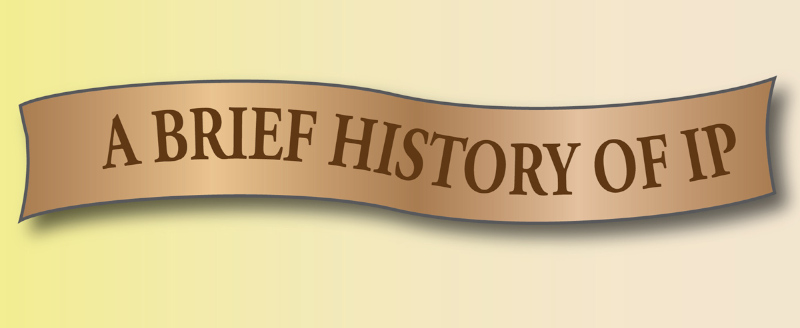The history of patent protection goes way, way back. It is suggested that the ancient Greeks at around 600 to 500 BCE granted protection to inventors, specifically for culinary dishes. Much later, the 1475 Statute of Venice decreed 10 years of protection so “[inventors] would then apply their genius [to create…] devices of great utility and benefit to our commonwealth.
This philosophy of protection spread throughout Europe and England before coming to the New World, where the first patent was granted for a process of making salt by Joseph Winslow in 1641.
Patent and copyright protection became solidified when written in Article 1 of the U.S. Constitution: “The Congress shall have power…to promote the progress of science and useful arts, by securing for limited times to authors and inventors the exclusive right to their respective writings and discoveries”, followed by the Patent Act of 1790 and the Copyright Act of 1790.
Since then, additional laws and regulations have help enforced the process, such as the Patent Act of 1836, the Copyright Act of 1976, the Omnibus Reform Act of 1999 and the America Invents Act of 2011 among others throughout the years.
Sources: Wikipedia-History of Patent Law; Cornell Law School-Legal Information Institute; European Patent Office-“A Brief History”

